Wind Speed
Create a way to display wind speed using quantitative cloud data.
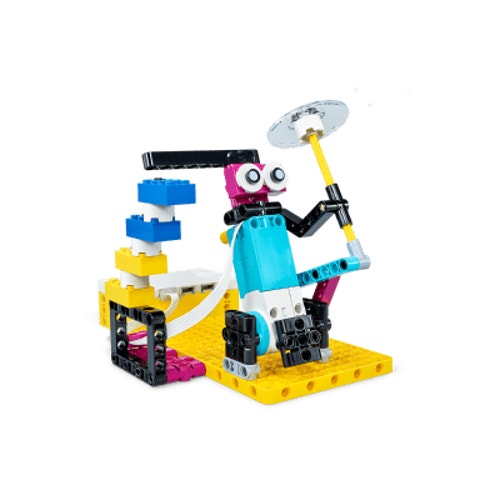
Lesson plan
1. Prepare
- Read through the pupil material in the LEGO® Education SPIKE™ App.
2. Engage
- Use the ideas in the Ignite a Discussion section below to engage your pupils in a discussion relating to this lesson.
- Explain the lesson.
3. Explore (20 Min.)
- Have your pupils work in pairs to build the wind indicator.
- Ask them to play the program. Observe their reactions. Remind them that they must enter a city in order for the program to work.
4. Explain (5 Min.)
- Ask your pupils to explain how the data coming from the cloud is displayed on the model and how it represents the Beaufort Scale.
5. Elaborate (15 Min.)
- Have your pupils extend their programs with more ‘IF / ELSE’ conditions to account for different wind speeds according to the Beaufort scale. They can do this by dividing the scale into 4 parts.
- Ask your pupils to display wind direction within their programs (e.g. by using arrows on the Light Matrix).
- Don't forget to leave some time for tidying up.
6. Evaluate
- Give feedback on each pupil's performance.
- In order to simplify the process, you can use the assessment rubrics that have been provided.
Ignite a Discussion
Start a discussion about wind.
- Talk about the things that you can and can’t do on windy days (e.g. flying a drone or a kite, playing football, having an outdoor party).
- Explore various wind speed classifications (e.g. the Beaufort Scale).
- Ask your pupils to think about the different ways in which wind can be measured.
Have your pupils watch this video to see what they're about to do.
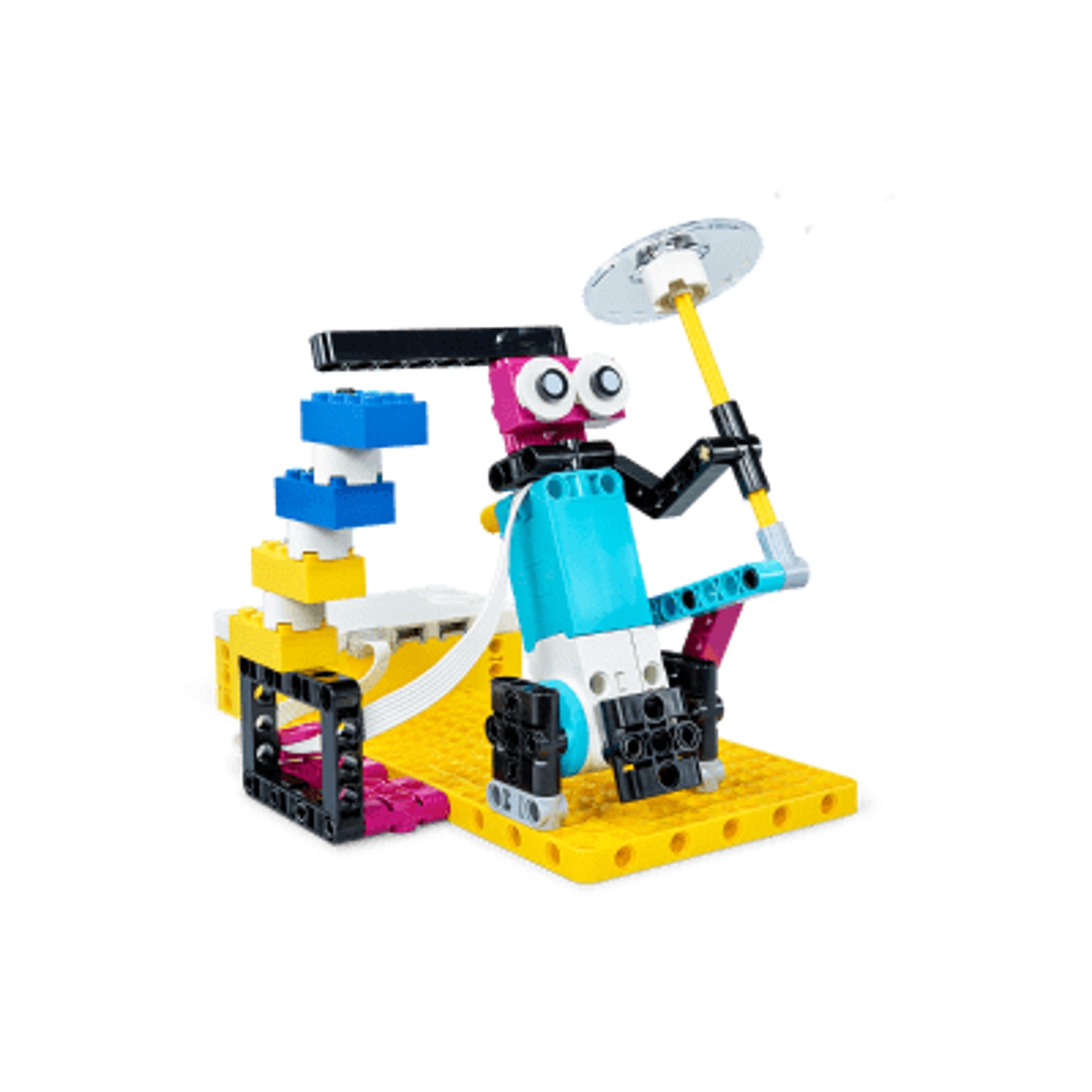
Building Tips
Align Motors Correctly
Make sure that your pupils have positioned the motor correctly during building. This will influence how this model is programmed.
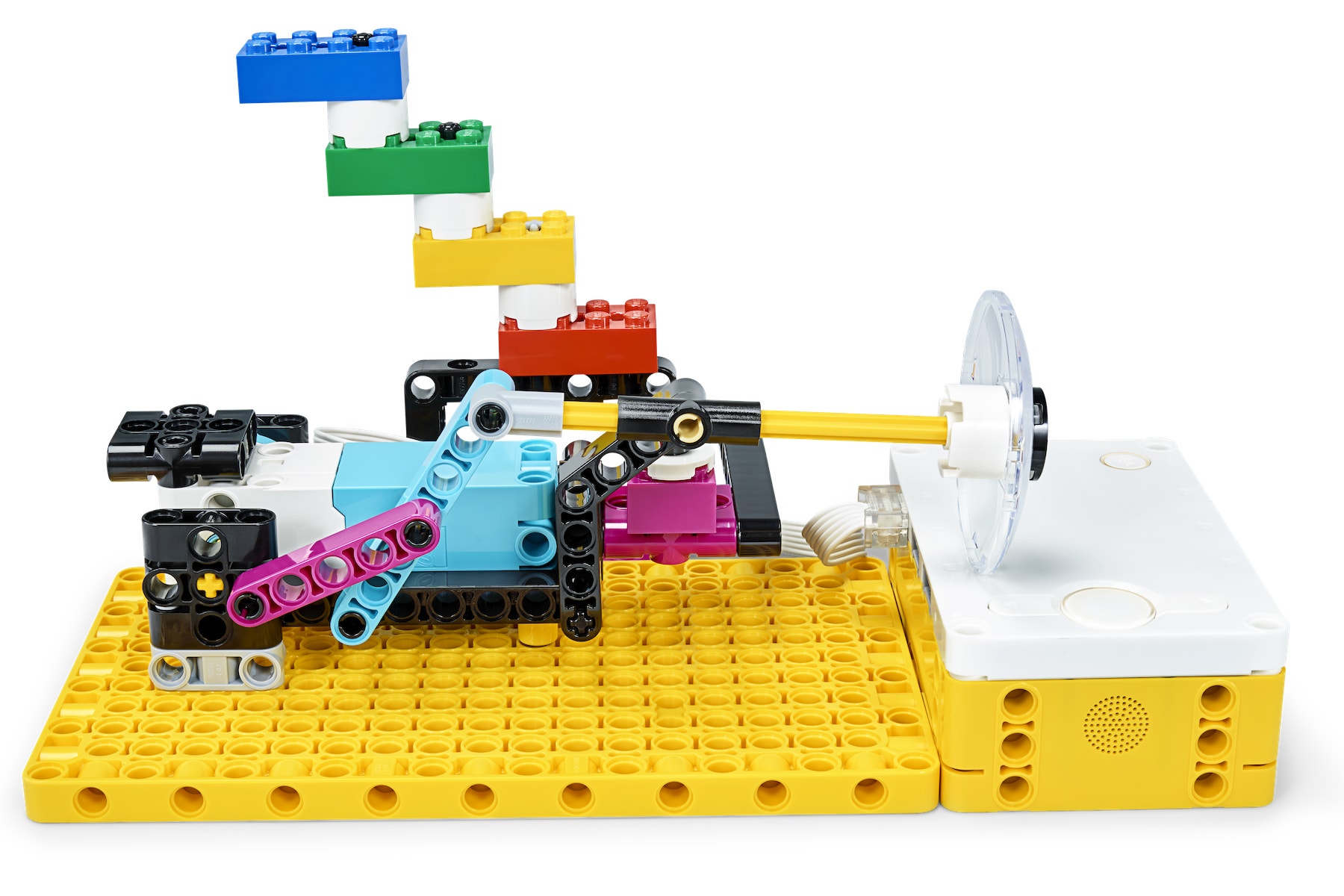
Repurpose the Model for Other Lessons
If you are short of time, use a basic version of the model (i.e. skip the character elements).
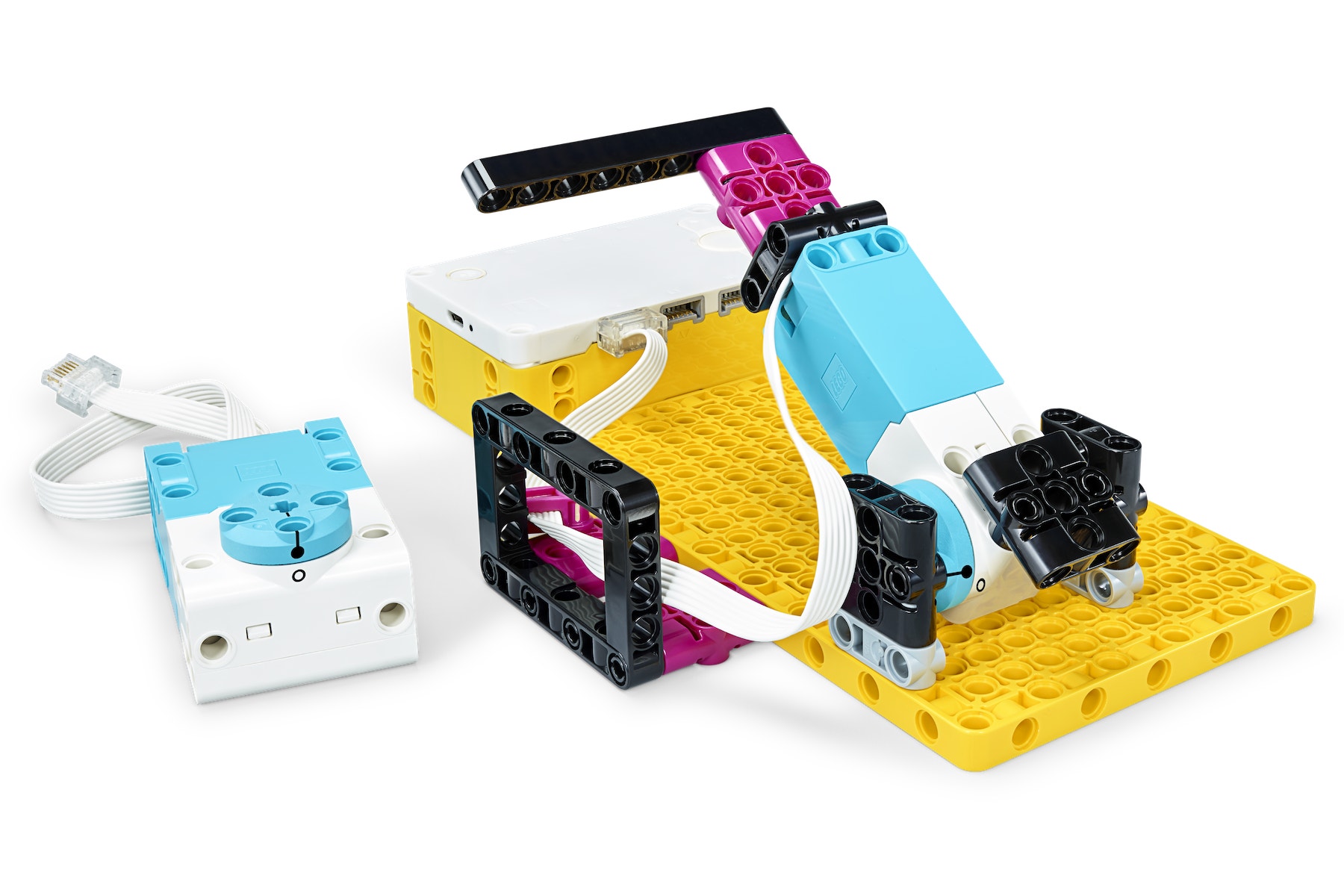
Use the Light Matrix
You can use another motor or the arrows on the Hub Light Matrix to display the wind direction.
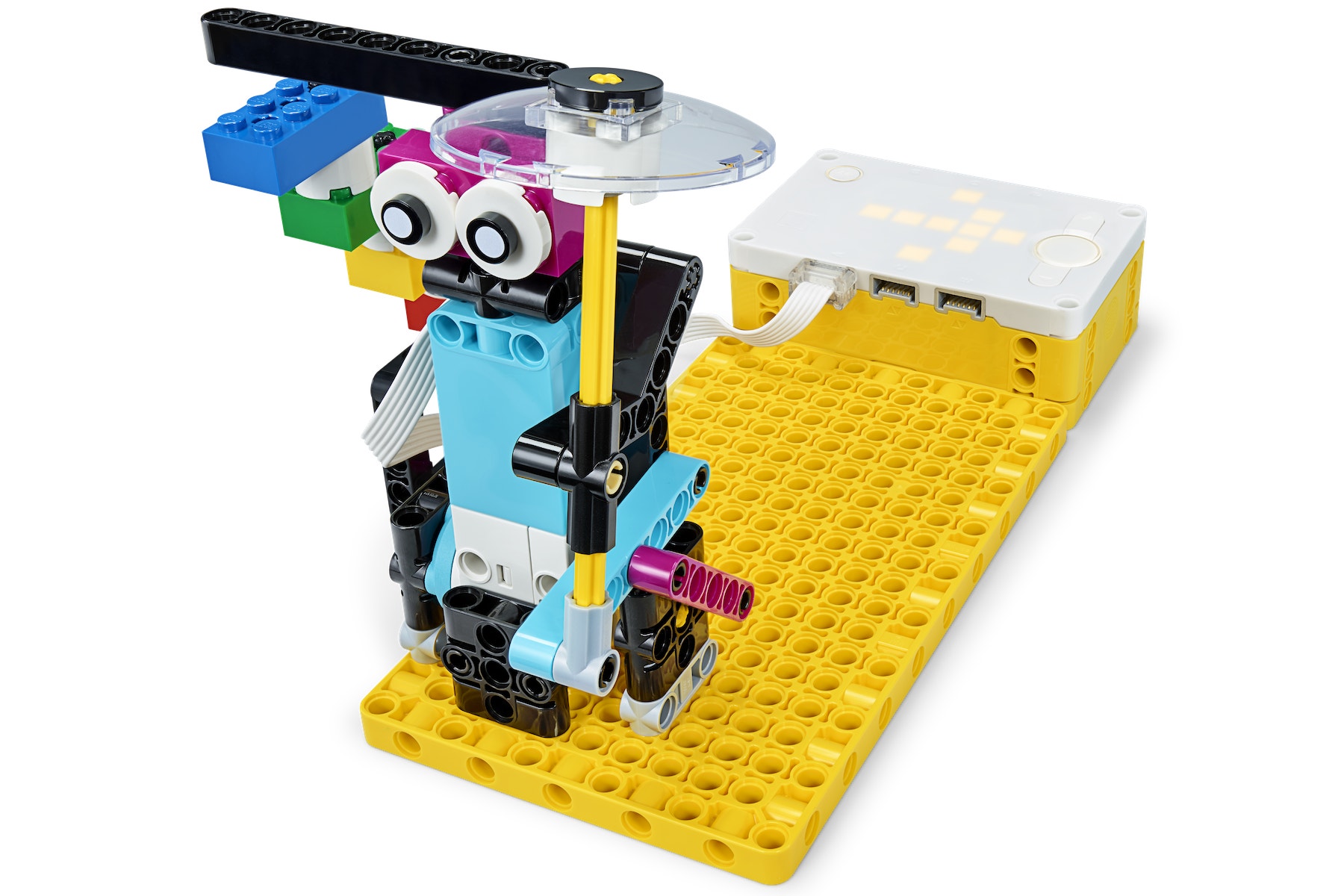
The Beaufort Scale
The brick colours used in the model correspond to the Beaufort Scale, which was created in 1805 by the Irish hydrographer Francis Beaufort. It's described like this:
- Blue: Beaufort Scale 1-3 (1 to 12 mph or 0.5 - 5.5 m/s), light to gentle breeze
- Green: Beaufort Scale 4-6 (13 to 31 mph or 5.5 - 13.8 m/s), moderate to fresh breeze
- Yellow: Beaufort Scale 7-9 (31 to 54 mph or 13.8 - 24.4 m/s), strong wind to very strong wind
- Red: Beaufort Scale 10-12 (55 to greater than 73 mph or 24.4 - 32.7 m/s), storm to hurricane
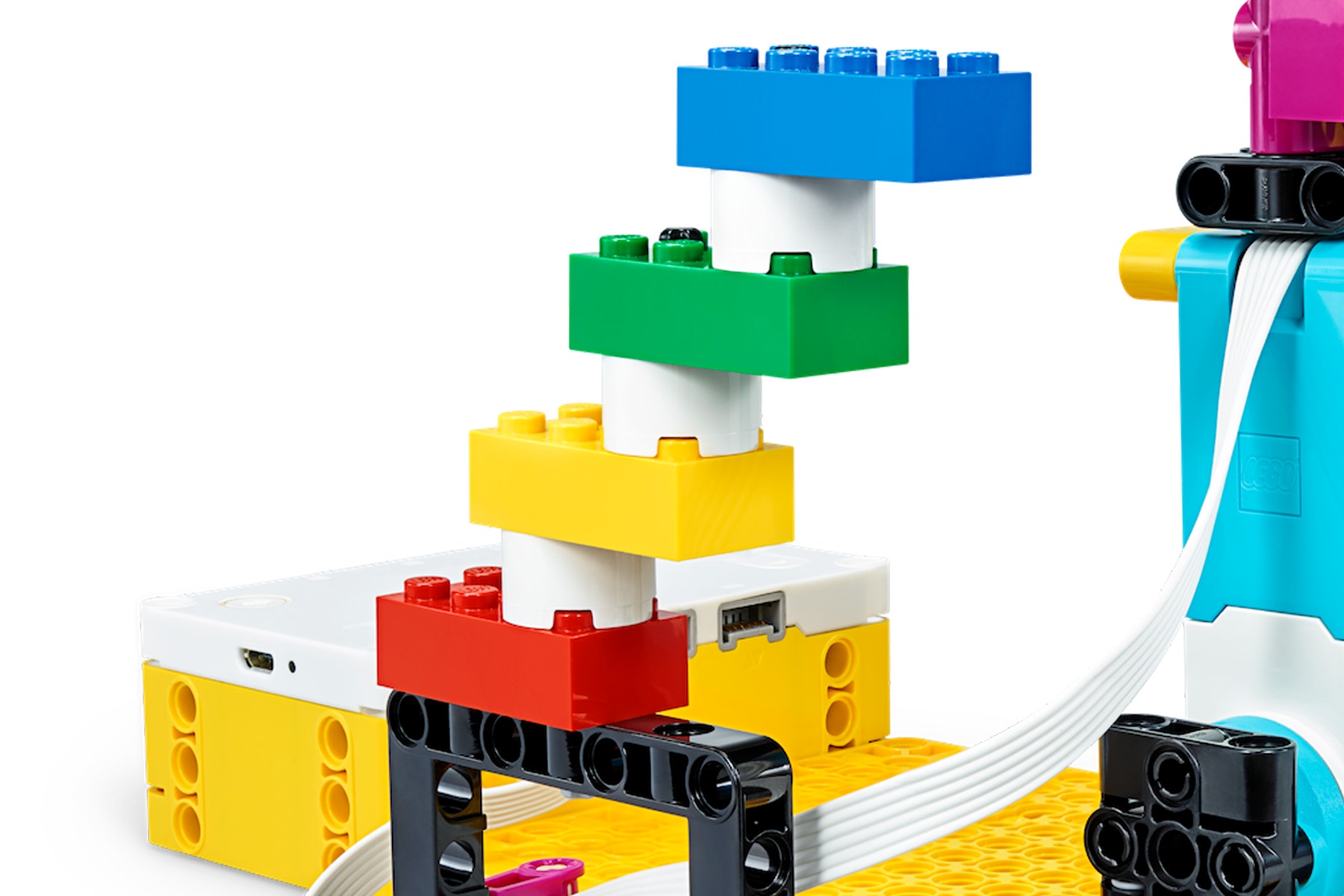
Coding Tips
Make sure your students have access to the internet when they are programming and testing the model.
Main Program

Possible Solution

Other Programs

Differentiation
Simplify this lesson by:
- Conducting a brief unplugged activity to help your pupils visualise the wind speed range that’s associated with the different colours. Use the PDF that’s been provided for inspiration.
Take this lesson to the next level by:
- Modifying the wind indicator so that it can move in a range of 180 degrees. Observe how quickly your pupils are able to recalibrate.
- Asking your pupils to design their own wind indicators.
Assessment Opportunities
Teacher Observation Checklist
Establish a scale that suits your needs, for example:
- Partially accomplished
- Fully accomplished
- Overachieved
Use the following success criteria to evaluate your pupils' progress:
- The pupils are able to use conditional statements to calibrate their scale.
- The pupils are able to calibrate their scale regardless of what data they use (data units).
- The pupils are able to modify their program to collect and use two different types of cloud data simultaneously (wind speed and wind direction).
Self-Assessment
Have each pupil choose the brick that they feel best represents their performance.
- Blue: I've programmed my model using cloud weather data to show two different wind speeds from three separate locations.
- Yellow: I've programmed my model to read four different categories of wind speed from the Beaufort Scale at three separate locations.
- Violet: I've added and programmed an extra motor with a dial to show the wind direction in each location.
Peer-Assessment
Encourage your pupils to provide feedback to one another by:
- Having one pupil use the coloured brick scale above to score another pupil’s performance
- Asking them to present constructive feedback to one another so that they can improve their group’s performance during the next lesson
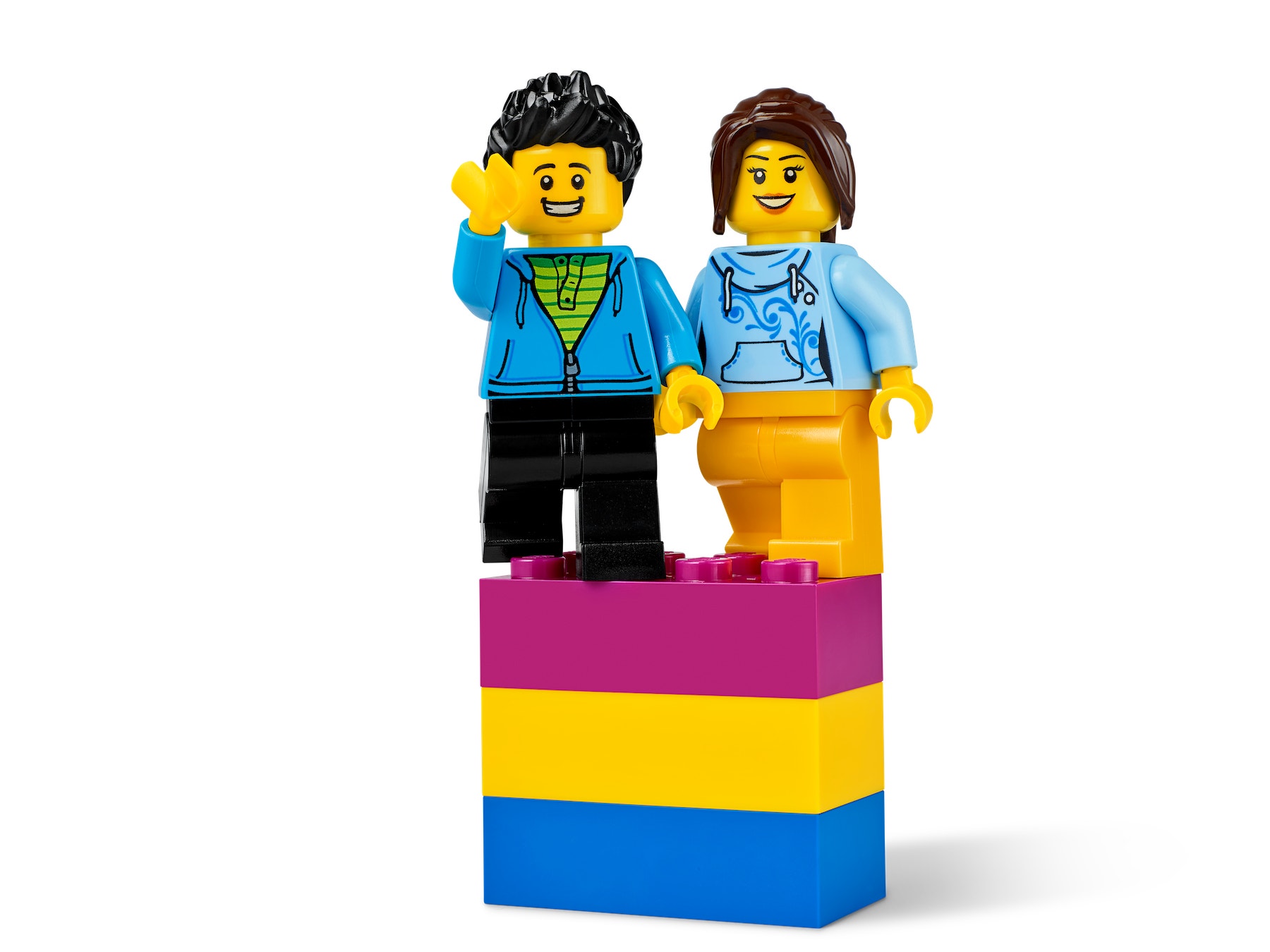
Language Arts Extension
To incorporate the development of language arts skills:
- Have your pupils record and issue warnings based on their wind speed weather forecasts.
- As part of their forecast, encourage them to also explain how the wind works.
Note: This will require additional time.
Maths Extension
To incorporate the development of maths skills:
- When your pupils are programming the motor angle to show the wind speed;
▷ Explain that they're interpreting statements about the relative position of two numbers
▷ Explain that they're writing statements of order for rational numbers in this real-world context (e.g. they write ‘a wind speed of 13.8 > 24.4 m/s’ in order to express the fact that the wind speed is faster). They'll choose units of an appropriate size for measurements and program the motor to move the angle proportionally. - Have your pupils work with different units (e.g. mph, kph, knots).
Note: This will require additional time.
Career Links
The pupils who enjoyed this lesson might be interested in exploring these career pathways:
- Science, Technology, Engineering and Mathematics (Science and Maths)
- Science, Technology, Engineering and Mathematics (Science and Maths)
Teacher Support
The pupils will:
- Explore the use of live weather data to control an output
Australian Curriculum: Technologies
ACTDIP026
Analyse and visualise data using a range of software to create information, and use structured data to model objects or events
ACTDIP027
Define and decompose real-world problems taking into account functional requirements and economic, environmental, social, technical and usability constraints
ACTDIP030
Implement and modify programs with user interfaces involving branching, iteration and functions in a general-purpose programming language




